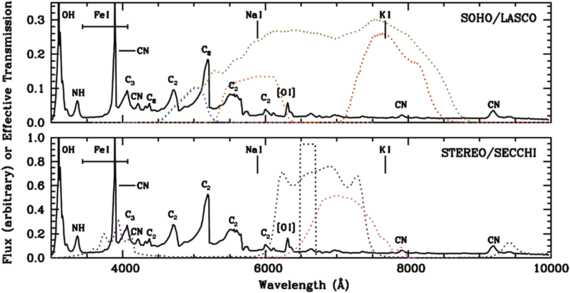Ptv Class Of 1983: Fission 1.6.1 For Mac
- Ptv Class Of 1983: Fission 1.6.1 For Mac Pro
- Ptv Class Of 1983: Fission 1.6.1 For Mac 2
- Ptv Class Of 1983 Fission 1.6.1 For Mac

Isolation of the rare earth elements and other fission products; • Partitioning and transmutation of the transplutonium actinide elements; • Regeneration of the carrier salt and fuel composition adjustment; • Immobilization and disposal of the fission products. Jan 1, 2016 - IFM Linkoping University S-581 83 Linkoping Sweden N. The polymers are conceptually similar~ PTV may be considered 2 1. 1.6 Poly(thieuyleue vinylene)s - A Swble Class of Low Bcmd-Cup Mmerials 2: 1.6.1 Organic Field. Mac:mmolt!ndes 1996, 2SI, 4287. Comit'fission (DGXII.
The perturbing potential due to the tidal interaction between the earth, sun, and moon is obtained without restrictive assumptions on the internal constitution of the earth. The derived potential is used in Gauss's equations for the time rate of change of the eccentricity, semimajor axis, and inclination of the moon's orbit. The tidal forces perturb the elements describing the earth's motion about the sun by a negligibly small amount. The variation in the earth's angular momentum due to the solar and lunar tides is described by Euler's equations.
It is assumed that the moment of inertia of the earth corresponds to that appropriate for a rotating fluid with the density distribution of the present earth. The rate of change of the moon's orbital elements is determined by the phase lag in the elastic component of the tidal bulge raised by the sun and moon. Astronomical data give a current value of the lag of the lunar tidal bulge of 2.16°. The present phase lag corresponds to a rate of increase of the semimajor axis of 3.2 cm yr −1, a rate of decrease of the inclination of the moon's orbital plane of 9.35 × 10 −12 rad yr −1, and a rate of increase in the eccentricity of 1.2 × 10 −10 yr −1. The obliquity of the earth's equator to the ecliptic and the period of rotation are increasing at present, owing to the combined effects of the lunar and solar tides. The effects of the solar tides are small at present but become important in the future. Numerical integrations of the coupled Gauss‐Euler equations are used to describe both the past history and the future evolution of the earth‐moon system.
If the moon traveled a circular orbit, a backward tracing of the history shows the moon approaching the earth, reaching a minimum distance of 2.72 present earth radii. Bettertouchtool 2.305 for mac. During the time of closest approach, the inclination and obliquity change rapidly, with the moon's orbital plane passing over the pole and the moon's motion becoming retrograde. If the orbit is eccentric, the eccentricity increases rapidly at the time of close approach.

The perigee height remains nearly constant, while the apogee increases without bounds over a time of about 1000 years. If the current phase lag remains constant, the time of closest approach is only 1.78 × 10 9 years ago. Thus, the current phase lag is not consistent with the hypothesis that the earth‐moon system has existed throughout geologic time. The rotational parameters of Mars, Venus, and Mercury are discussed in terms of the dynamical theory. The distribution of rotational angular momentum of the solar system is described, and it is proposed that the major planets and Mars have lost only a very small proportion of their initial rotational angular momentum.
Ptv Class Of 1983: Fission 1.6.1 For Mac Pro

Ptv Class Of 1983: Fission 1.6.1 For Mac 2
The observed dependence of rotational angular momentum on planetary mass yields an estimate of the initial rotational period of the earth of between 9 and 13 hours. The mechanisms by which the earth's rotational energy can be dissipated are reviewed. It is argued that the phase lag in the tides may have remained constant over geologic time or may have been somewhat larger. This conclusion raises the problem of the age of the earth‐moon system. Theories of the origin of the moon are discussed against the requirements imposed by dynamical considerations. It is concluded that the theories of the fission of the earth to form the moon must be discarded, because the moon, once placed in the equatorial orbit, would remain there.
Ptv Class Of 1983 Fission 1.6.1 For Mac
Dynamics places severe constraints on the initial conditions for either a capture origin or the development of a binary system. The theory of several initial moons is briefly described, as are the climatological and tectonic problems raised by the consideration of the past history of the earth‐moon system.